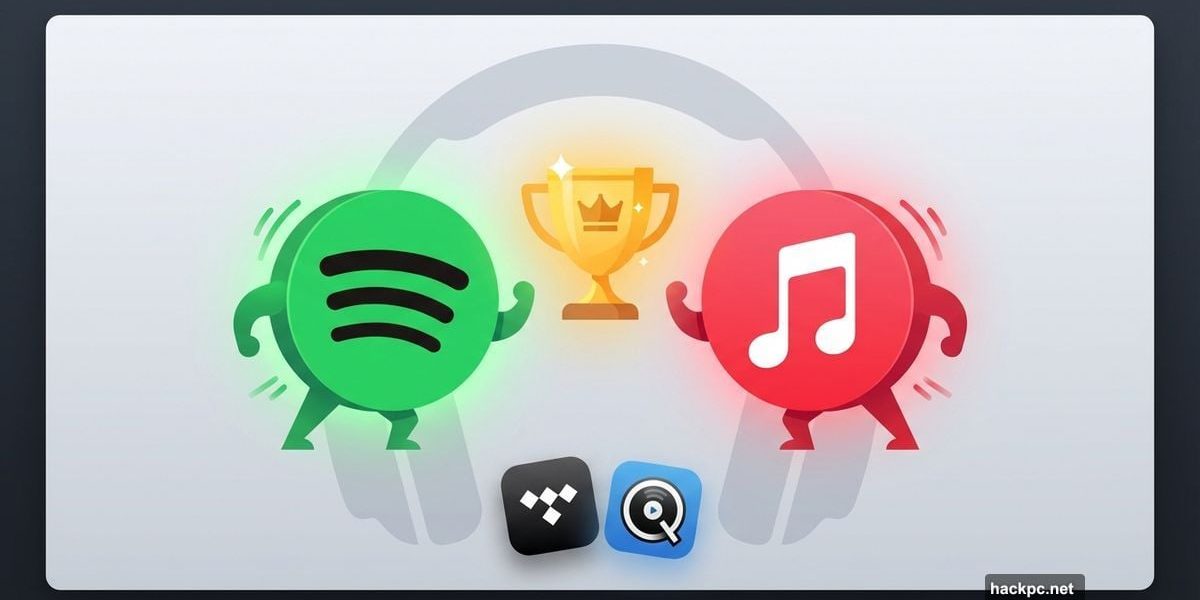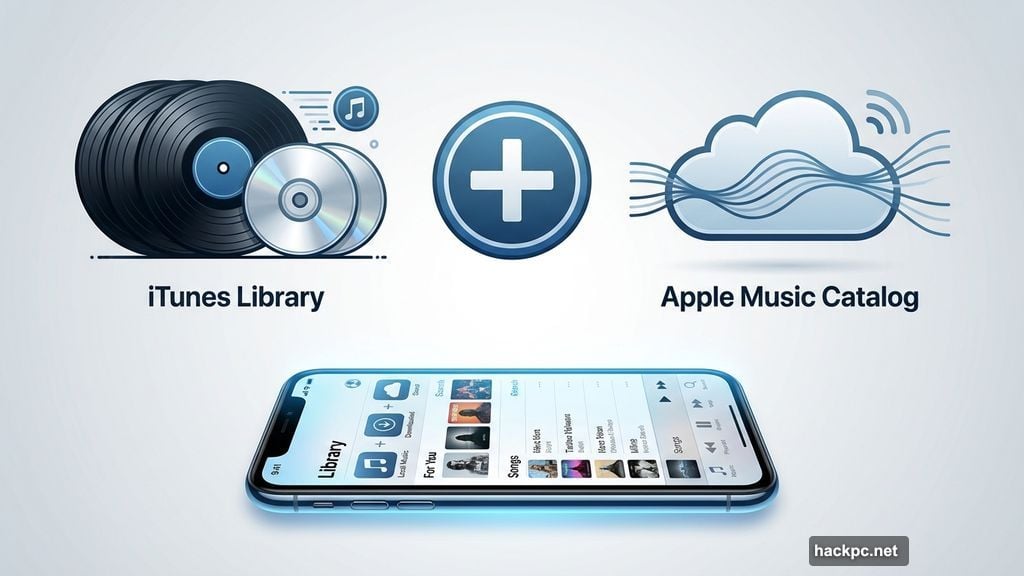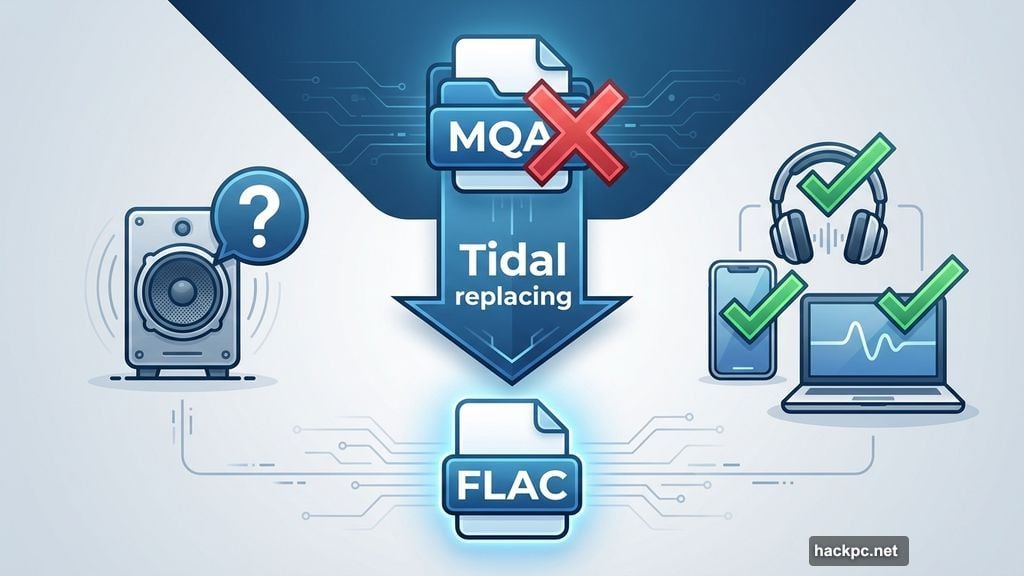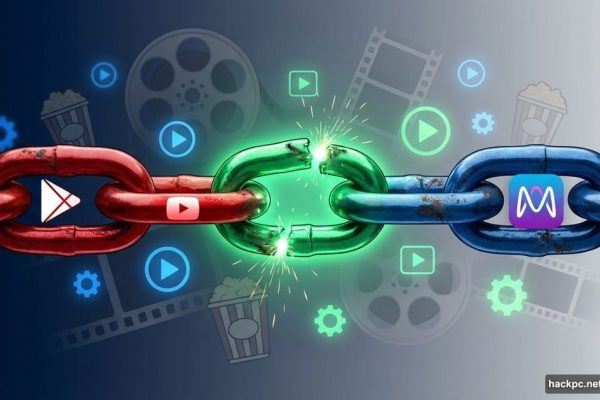
Music streaming got more expensive this year. Spotify now costs $12 monthly after adding audiobooks. Apple Music stayed at $11 while quietly building the best high-quality music catalog.
Both services dominate the market. But which one deserves your money? After testing every major platform, the answer depends on your devices and priorities.
Spotify Remains the Best All-Around Choice
Spotify leads for good reason. The service finally added lossless audio at no extra charge. Plus, it includes audiobooks now, though finding the non-audiobook option takes effort.
The platform excels at music discovery. Spotify Wrapped became an annual tradition. Now the service offers on-demand stats year-round instead of making you wait till December.
Spotify Connect simplifies streaming to any compatible device. Just tap a button and your music switches from phone to speaker instantly. That convenience matters more than most people realize.
However, the free tier comes with intrusive ads. And podcast integration feels awkward, almost like the company bolted it on as an afterthought.
Apple Music Makes Sense for iPhone Users
At $11 monthly, Apple Music costs less than Spotify. The service includes spatial audio and hi-res lossless at no extra charge. That’s real value for audiophiles with compatible gear.
Apple’s tight iOS integration shines here. The service combines your iTunes library with streaming tracks seamlessly. Plus, human curators pick most playlists instead of relying solely on algorithms.
But Apple Music makes less sense if you use Android or Windows. The service works on those platforms, just not as smoothly. Spotify handles cross-platform compatibility better.
Apple recently added a transfer tool for Spotify users. So switching your library between services takes minutes instead of hours now.
Tidal Slashed Prices and Ditched Proprietary Formats

Tidal dropped its $20 tier and now offers everything for $11 monthly. That means hi-res music for all subscribers instead of just premium users.
The service is replacing MQA files with standard FLAC. Better compatibility matters because MQA required specialized hardware decoders. Now any device can play Tidal’s best quality streams.
With 110 million tracks, Tidal’s catalog rivals Spotify’s. The service also streams concert videos and spotlights up-and-coming artists. But the interface isn’t as intuitive as competitors.
Qobuz Lets You Buy and Stream
Qobuz offers something unique: a hi-res download store alongside streaming. The Studio Premier plan costs $13 monthly. Students pay just $5.
You don’t need special hardware to enjoy Qobuz’s 24-bit streams. The service added Qobuz Connect this year, matching Spotify’s and Tidal’s device-streaming features.
At 100 million tracks, the catalog matches most competitors. And for obscure artists, Qobuz improved significantly. If you want to own music while streaming, this service delivers.
YouTube Music Works Best on Android
YouTube Music costs $11 monthly standalone or comes free with YouTube Premium at $14. The service offers 100 million tracks with clean playlists that update frequently.
Google retained the music locker system from Google Play Music. So you can upload tracks the streaming catalog doesn’t include. That’s valuable for rare recordings or live bootlegs.
The interface is cleaner than before with easy access to playlists and genres. And now Apple HomePod users can set YouTube Music as default alongside Google Nest devices.
The 256Kbps bit rate disappoints compared to lossless competitors. But most listeners won’t notice on phones or Bluetooth speakers anyway.
Amazon Music Makes Sense for Prime Members
Prime members pay $11 monthly for Music Unlimited. Without Prime, it costs $12. The service includes Dolby Atmos and Sony 360 Reality Audio at no extra charge.
Amazon removed the music locker feature sadly. But the interface improved with better playlist access and podcast integration.
Echo Studio owners get Atmos playback through that speaker. And the service works well with other Dolby Atmos soundbars and mobile devices.
If you already pay for Prime, Music Unlimited makes financial sense. For everyone else, Spotify or Apple Music offer better value.
Deezer Simplifies Library Transfers
French service Deezer operates in the US with 120 million tracks. The Premium plan costs $12 monthly with a free mobile-only tier available.
Deezer pioneered free catalog transfers from competing services. So you can move your entire Spotify library over at no extra cost. That removes the biggest barrier to switching.
Hi-res audio is included in Premium subscriptions. But with Spotify, Apple, and Tidal all offering lossless at similar prices, Deezer faces stiff competition.
Sound Quality Matters Less Than You Think
Apple Music, Amazon Music Unlimited, and now Spotify all offer lossless audio. Tidal and Qobuz provide hi-res streams at 24-bit.
But here’s the truth: Most people can’t hear the difference. Especially on Bluetooth speakers or earbuds. Lossless matters most on wired headphones or home audio systems.
Spatial audio and Atmos sound impressive on dedicated setups. For casual listening though? Stereo works perfectly fine. The music industry tried selling surround music before with Quadraphonic in the 1970s and DVD-Audio in the 2000s. Neither caught on.

So don’t choose a service purely for audio quality unless you have the gear to appreciate it.
Audiobooks and Podcasts Add Value
Spotify includes 15 hours of audiobooks monthly now. Amazon Music Unlimited added books too. Both services offer extensive podcast catalogs.
Apple Music doesn’t include audiobooks or many podcasts. YouTube Music has podcasts but not books. Tidal and Qobuz focus entirely on music.
If you consume multiple media types, Spotify or Amazon make more sense. Pure music fans should consider Apple, Tidal, or Qobuz instead.
Family Plans Cost About the Same
Most services charge $17-20 monthly for family plans covering up to six people. Spotify costs $20. Apple Music and YouTube Music charge $17. Tidal sits in the middle at $17.
Student discounts drop prices to $5-6 monthly. Spotify bundles Hulu with its student plan for $6 total.
So family plans offer decent value if multiple household members want separate accounts. Just coordinate who controls the subscription to avoid confusion.
Free Tiers Work for Casual Listeners
Spotify, YouTube Music, Pandora, and Amazon all offer free streaming with ads. Spotify’s free tier is the most generous, letting you play specific tracks on demand from computers.
Expect repetitive ads though. Sometimes it’s the same commercial every break. And free mobile streaming limits you to shuffle mode instead of picking exact songs.
For casual listeners, free tiers work fine. If music matters to your daily life, paying $11-12 monthly is worth it for ad-free listening and offline downloads.

Catalog Size Doesn’t Tell the Whole Story
Every service claims 100-120 million tracks. Those numbers sound impressive but mean less than you’d think.
What matters is whether your favorite artists appear in the catalog. Spotify excels at under-the-radar acts. Apple Music shines for indie artists. Tidal focuses on hip-hop and urban music.
So the “best” catalog depends on your taste. Test the free trials and search for your favorite obscure bands. That reveals more than million-track marketing claims.
Switching Services is Easier Now
Tools like Soundiiz and Tune My Music transfer playlists between services. Soundiiz costs $4.50 monthly but you can cancel after converting your library.
Deezer offers free transfers for new users. Apple built a Spotify import tool directly into Music.
So don’t feel locked into your current service. If you’re unhappy, switching takes an hour instead of days of manual playlist recreation.
Prices increased across the board. Spotify, Apple, Amazon, and YouTube all raised rates recently. Expect $11-12 monthly for individual plans now.
That pricing held steady for years at $10. But services added features like lossless audio, audiobooks, and spatial music. So the extra dollar or two brings real value.
Still, competition keeps prices relatively reasonable. None of the major services dare charge significantly more than competitors unless they offer something unique like Qobuz’s download store.
Choose based on your devices and priorities. Spotify works everywhere with the best discovery features. Apple Music excels for iOS users who want high-quality audio. Tidal and Qobuz satisfy audiophiles without breaking the bank.
Music streaming just keeps getting better. Even at higher prices, these services deliver incredible value compared to buying albums individually.



Comments (0)